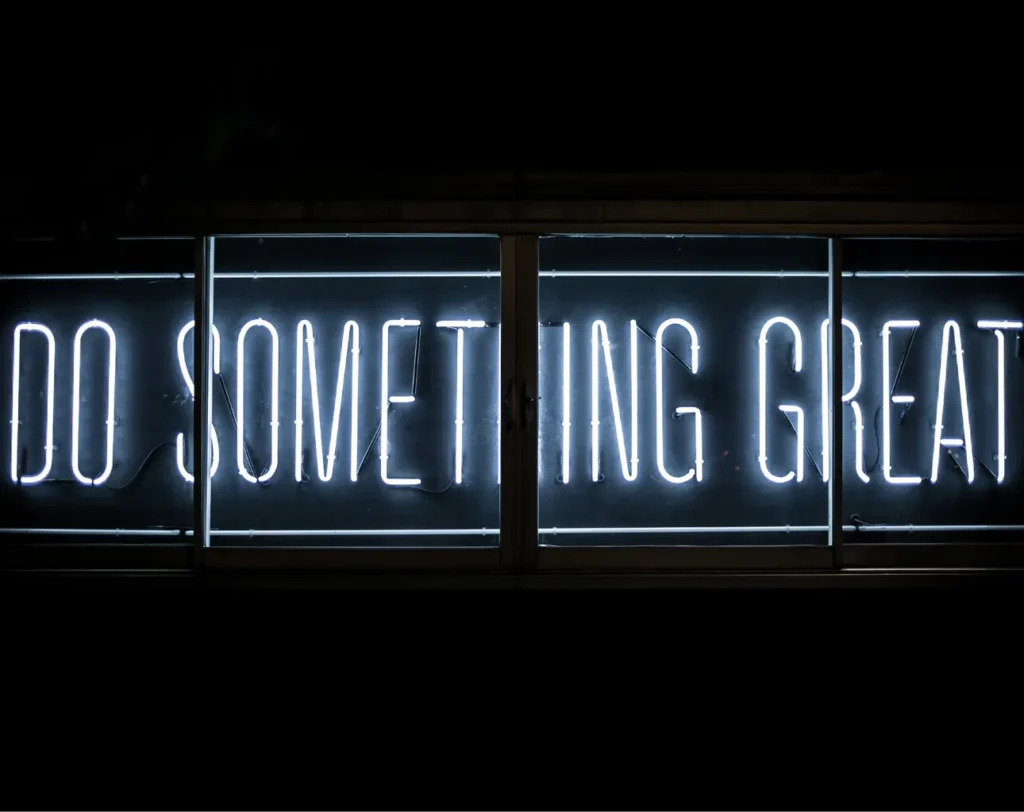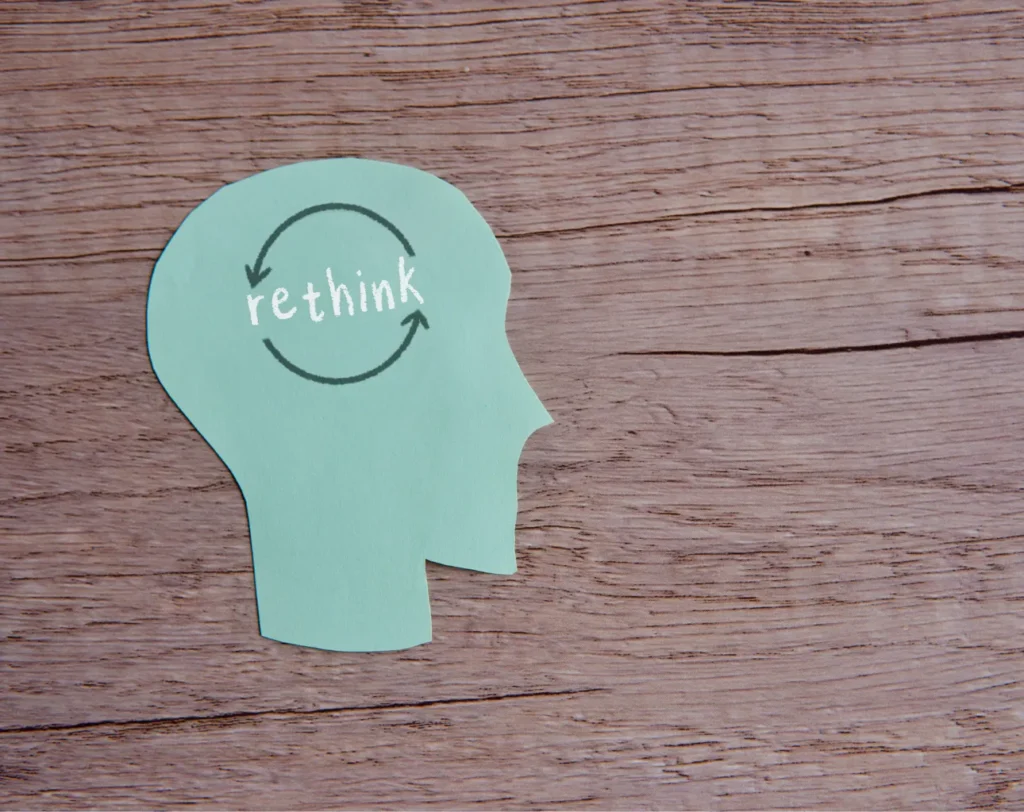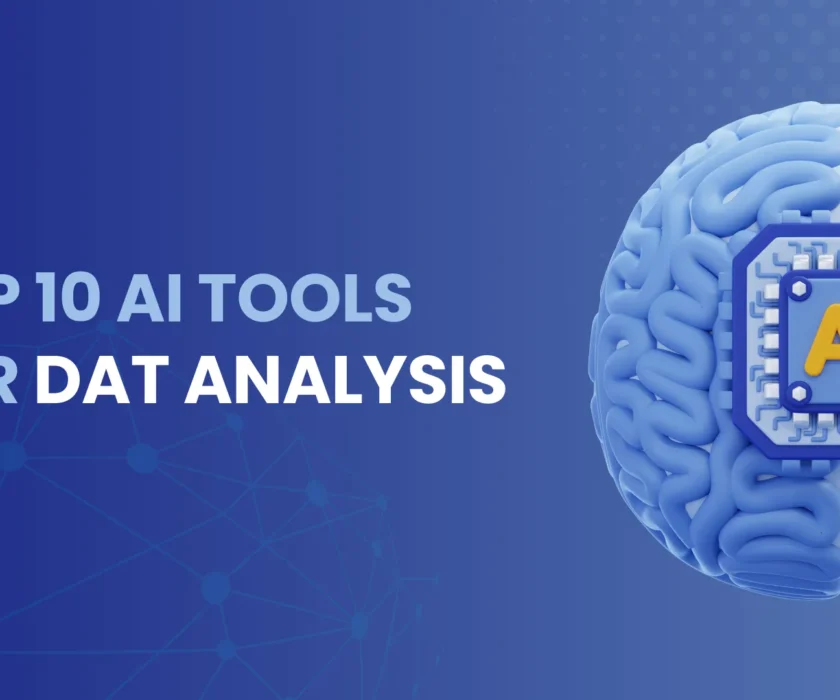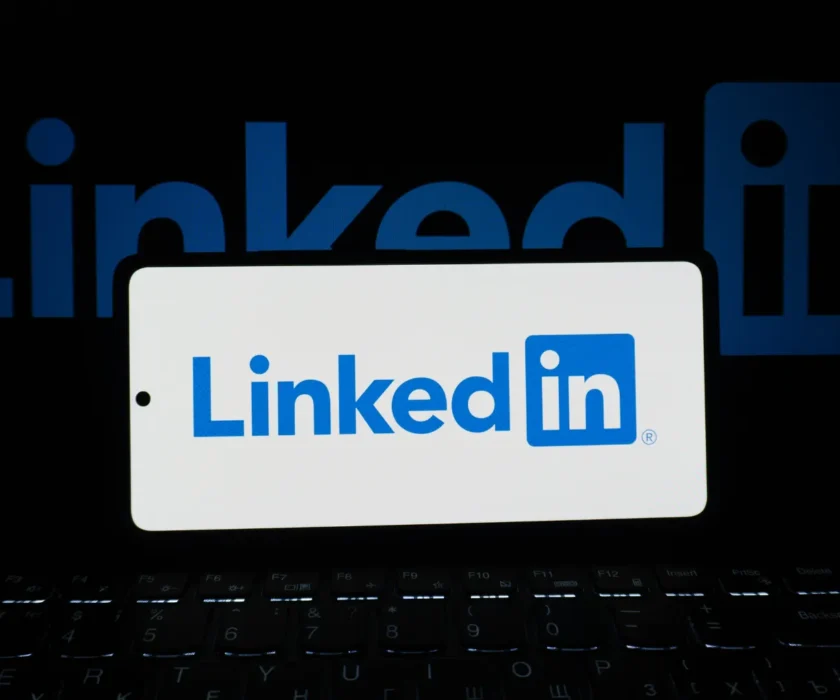The Great Misconception: Strategy Before Tactics
There’s a common refrain among creators and entrepreneurs. It usually sounds like this: “I’ve done all the hard work. Now I need to get the word out.” It’s a sentiment born from late nights and Herculean effort. But this statement reveals a fundamental misunderstanding. If you find yourself in this position, you have waited for a miracle. The challenging work, the foundational work, comes first. The work is the strategy itself.
Many people confuse tactics—the steps you take—with strategy, which is the philosophy behind why you take them. Your tactics will change constantly. They must. Your strategy, however, is the resilient way forward, the clear articulation of the change you seek to make and who you seek to change. It is a long-term process, a philosophy of becoming. Let’s explore the core ingredients of a sound strategy, components that are often mysterious and unexplored but which form the bedrock of any successful endeavor.

The Four Pillars: A Framework for Strategic Thought
A solid strategy rests on four interconnected pillars: Systems, Time, Games, and Empathy. Once you learn to see these four elements in the world around you, your ability to construct a path forward becomes much clearer. They interweave and inform one another, giving you a lens through which to view your work and the world.
Systems: The Invisible Architecture
Systems are all around us, yet they often hide themselves. They are the invisible forces, the gravity that dictates the easiest path. Think of the solar system; the Earth revolves around the sun because gravity makes it so. The planet doesn’t want to, it just does. In our world, culture is a system. It invents norms to defend itself. Consider the pressure in many households to get good grades. Why? To get into a good college. This entire collegiate system—with its tuition, tenure, student debt, and football teams—is accepted as usual.
We only tend to see a system when it’s under stress. We notice the climate when temperatures begin to change. Before then, when things were normal, the system that kept it all in check was largely invisible. When you begin any enterprise, from a small plumbing business to a huge internet company, you should be able to see and name the elements of the system you operate within. Where is its gravity? What does it consider normal?
Take the wedding industrial complex. How much should a wedding cost? The answer is usually a little more than your best friend spent. You need monogrammed matchbooks to show your status to the guests, because that is what the system requires. You must see the systems you interact with. Then you can decide if you want to work for the system or if you want to make the system work for you.
Time: Your Most Underrated Advantage
We are all familiar with time, yet few can define it. We understand now, and we know the now of a week ago is gone. It is back then. If your ambition is to build a large company or achieve a monumental goal, it will happen between now and then. The steps you take tomorrow are a function of time. When you want a forest, you plant trees today, because a forest requires twenty years to grow.
Your competitors often have a very short time horizon. They are busy trying to defend the stock price today. A powerful strategy involves seeing time differently. When Google was new, their leadership wanted people to use the search engine for the first time later, when the product was better. The Google of now existed only to get them to the Google of tomorrow. Amazon’s Jeff Bezos did something similar. He trained Wall Street to accept a decade of low profitability because his time horizon was longer. The only way for his company to get to five years from now was to take seemingly expensive actions today. Compared to the alternative—oblivion—it was cheap. You must ask what your relationship with time is. What does it mean to quit or to fail? Does a failure today mean you fail forever, or does it open a door to succeed later? A longer time horizon is one of the simplest competitive advantages.
Games: Understanding the Rules of Engagement
We grew up with board games, but the games that matter are much bigger. Any situation with multiple people, variable outputs, and scarcity is a game. It is a game to decide which car merges first. It is a game to exchange money for a hot dog. We should acknowledge that games exist and learn how they work. When you make a move in a game that produces a poor result, you should say, “I made a move that did not work.” You should not say, “I am a bad person.” They are two entirely different things.
Innovation is impossible if every move must work. The phrase must always accompany your projects: “This might not work.” If your team isn’t comfortable with that statement, you are not truly innovating. You make more moves than most people, measure them, and learn from the ones that fail to produce the desired outcome. You need to understand the rules of the game you have chosen to play. You must parse those rules to find a competitive advantage.

Empathy: The Engine of Voluntary Exchange
Many people view empathy through a moral lens. While strategy has an ethical component, empathy has an efficient definition. Everything we build only works in a voluntary exchange. It works if someone else wants it more than the money or time they must trade for it. Someone buys the item you sell at a craft fair because they want it, not because you worked hard to make it.
In this context, all empathy is a clear understanding of who it’s for and why they want it. We get so busy with our work that we forget this. We hassle people to buy from us because it’s important to us. Instead, we should create something which, when we describe it, causes the right people to bang down the door to get it. This implies it cannot be for everyone. You must pick your smallest viable audience. Who are the people who, when they hear your story, will say, “That is exactly what I was looking for”? You pick that group, delight them, and forgive everyone else. If you are a Ferrari dealer, you happily send the family with six kids down the street to the Volvo dealership.
Creating the Conditions: Network Effects and Tension
Once you have your strategy, you can create the conditions for success. A key concept here is the network effect. It means your product or service works better when other people use it. A fax machine or email is a pure example; you need your friends to have one so you can communicate. This effect is usually built on two fundamental human desires: affiliation and status.
Affiliation is about who you belong with. Status is about your position in a hierarchy. Magic: The Gathering offered kids who felt lonely a way to hang out with others (affiliation) while building a collectible deck, increasing their standing among their peers (status).
To get people to join your network, you often must create tension. Tension happens when you pull a rubber band back before letting it fly. It is not stress. Stress is the feeling of being trapped. Tension is the feeling of urgency and forward motion. When a concert promoter announces Taylor Swift has only 400 seats left, they create tension. People who want to know must act, or they will be left out. This tension fills the venue. We are constantly subject to tension, but rarely create it on purpose as part of our strategy.

The Art of the Decision
A final piece of the strategic puzzle is to separate a good decision from a good outcome. We often measure our choices by their results. A good decision leads to a good outcome. This is a trap. Pete Carroll, coach of the Seattle Seahawks, made a good decision to call a pass play at the end of the Super Bowl. Statistically, it was the right call. The pass was incomplete, and they lost. Everyone said he made a terrible decision. He did not. He made a good decision and got an unlucky result. Conversely, if you buy a lottery ticket and win, you still made a bad decision. You should never buy a lottery ticket. Winning was a weird anomaly.
Corporations are terrible at this. They promote people who make bad decisions with lucky outcomes. You must discipline yourself to reward good choices, regardless of the outcome, because the result is a matter of probability. It’s like drawing a card from a deck. You can make a smart bet, but you can’t control which card you get. To do this, you must avoid false proxies. How fast someone types is a false proxy for a good programmer. A good interview is a false proxy for a good employee. Give someone a project to do. Pay them for it. See how they work. That is the real test.
The challenge for all of us is to take a breath and build something that the person we will be in five years will thank us for. It requires us to walk away from sunk costs, ignore false proxies, and ask uncomfortable questions. It is a long process, but today is the best day to start.


